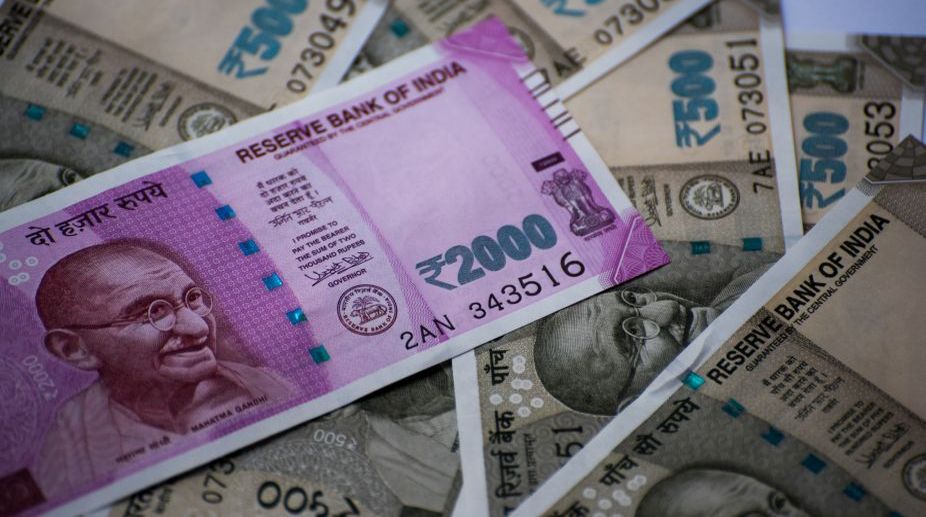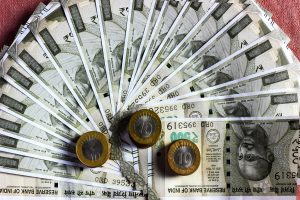Demonetisation of high value currency notes of Rs. 1000 and Rs. 500 on 8 November 2016 has shaken the country by disrupting normal behaviour of Indian politics, economy and society. The ruling coalition quickly articulated this as a bigbang step to unearth black money, impair terrorism funding and weed out fake currency from the system. The opposition on the other hand has termed it as an ‘organised loot’.
Consequently, however, it paid out to the ruling BJP huge political dividend when it won local municipal polls in the post-demonetisation period and in Uttar Pradesh and other state assembly elections. The public verdict on the success and failure of the move however remained inconclusive till the release of demonetisation statistics by the RBI only recently. With 99 per cent of demonetised currency deposited in the banks, the government now faces difficult questions. Was the move at all worth the effort? Why did the government announce it without due consideration and fail to foresee its adverse consequences?
Advertisement
The government’s articulation of demonetisation lists the following major objectives: 1) to evict the fake currency notes of Rs.1000 and Rs.500; 2) get rid of black wealth held in cash by the corrupt people; 3) bring the hoarded money of small savers into the banking net; 4)based on the hints provided by bank accounts, undertake Income Tax (IT) raids to recover unaccounted wealth from suspicious individuals and corporates who possibly have evaded tax in the past and 5) finally, use the window of time to introduce digital avenues of payments limiting cash transactions.
As against the above targets, thedemonetisation report card is as follows. As per RBI report, only 7.62 lakh pieces of fake currency notes worth Rs 41 crores had returned to the banking system. Second, contrary to the belief of Rs. 4 lakh crore of black money that was expected not to be reported by hoarders with the fear of prosecution, only Rs.16,000 crores (1 per cent of Rs.15.44 lakh crore of demonetised currency) did not come back to the system. This rules out any significant special dividend to the government and the RBI equivalent to the amount of black money, as was anticipated earlier.
As a positive consequence of demonetisation, the tax authorities however could discover undisclosed income of Rs.17,526 crore and seizure of Rs.1003 crore through searches and surveys so far. This number too is not significantly very high compared to the identification of undisclosed income and seizure of gold and cash during pre-demonetisation years. For example, the Government of India’s white paper on black money brought out in 2012 shows that in 2010-11, Rs.775 crore worth cash and jewellery had been seized, which increased to Rs.906 crore in the following year. Undisclosed income detected in 2010-11 was about Rs.10,649 crores. These numbers can roughly be projected using their growth rates to a possibility of Rs.1,003 crore of seizure of cash and gold and detection of an undisclosed income of Rs.17,526 crore that the IT authorities achieved in 2016-17.
The Pradhan Mantri Garib Kalyan Yojana (PMGKY) offered another opportunity to unaccounted cash holders to come clean and deposit their cash by paying 50 per cent of it as tax, penalty and surcharge, and parking an additional 25 per cent for four years without interest. This scheme too has not produced results as anticipat- ed, only Rs.2,300 crore was collected against the I-T department’s target of Rs.1 lakh crore.
Together, all these direct monetary benefits accrued may accumulate to about Rs.35,000 to 50,000 crore only. Though demonetisation has successfully mobilized all money, including that of small savers such as housewives, small traders and businessmen who hoarded money for several months and years, into the banking system, these funds with the banks are expected to be used for productive purposes by lending at cheaper rates of inter- est.
Most of these funds how- ever were short term savings and therefore were expected to be withdrawn quickly rather than be of any use for long-term lending purposes by banks. The black money holders laundered money into deposits up to the limit of Rs.2.5 lakhs in bank accounts opened in the names of several people who are either relatives or otherwise but such deposits too are expected to dry up quickly.
The latest Economic Survey estimated that demonetisation has added 5.4 lakh new tax-payers in the financial year 2016- 17. However, the average income quoted by these new tax payers is only Rs.2.7 lakhs, which would mean that they were required to pay tax for an income of Rs.20,000 only, as income upto Rs.2.5 lakhs is granted exemption.
Also, most of these new tax payers may not continue to stay in the tax-net, as next year they are not required to deposit whole of their cash collected or accumulated throughout the year. Demonetisation came as a big bonanza for digital payment platforms. In terms of total volume of digital transactions from all service providers, it rose from 671 million in November 2016 to 957 million in December 2016, but dropped to 862 million in July 2017.
In terms of value, the transactions spiked to Rs.1,044,055 billion in December 2016 but dropped to the pre-demonetisation levels of Rs.107,481 billion in July 2017. The slowdown in the economy post-demonetisation by 1 to 2 per cent of GDP growth rate constitute a loss of income of Rs.1 to 2 lakh crore. In addition there was the cost of printing new currency (Rs.7,965 cr.) and transportation (Rs.16,000 cr. as on 6 December 2016).
Finally we must add cost of inconvenience and loss of lives. Overall, demonetisation, as an economic case, does not stand scrutiny. Clearly, the costs outweighed the benefits. Expected long term benefits such as growth in tax revenue, digitization, and decrease in corruption are not convincing or foreseen now for the future, as much as the dreams sold by experts and the government.
While it is essential that India should reduce its dependence on cash and go digital as it moves ahead in the path of development, it is doubtful if the current campaign can work, as slogans for cashless economy are not accompanied by costless or less-cost ideas in doing digital transactions. Neither the service provider companies including banks can provide digital services free of cost nor can the government subsidize them permanently.
India needs to develop rapidly its IT infrastructure, achieve higher levels of education and per-capita income, and transform way of living of people to become a less cash dependent economy. What needs to be done to curtail black money is to fix the demand for black money that comes from political parties, real estate business, government-private sector nexus.
(The writer is Associate Professor, Economics and Business Policy, FORE School of Management, New Delhi)











